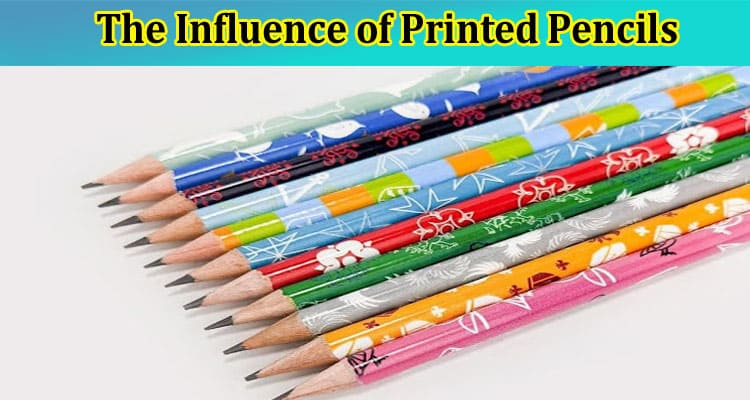From the daily grind to the burdens of work and life, clutter can accumulate effortlessly and cause us physical and mental wear. When our closets are filled to the brim with garments we seldom or never wear, our desks become cluttered, and our garages overflow with items we have scarcely used for a long time, we need to clear out the excess and dispose of unwanted items to keep our lives (thoughts and emotions) in order, and subsequently, enjoy peace. But, the actual process of getting things organized may feel like a huge task.
This is why it is necessary to have a clear strategy, as this will assist in resolving the problem effectively. In this guide, we will investigate exemplary strategies for clearing and disposal that will make your space livable again and make your life easier.
- Start Small, Start Now: Among the most frequently stated motivations for avoiding ‘decluttering’ is feeling overwhelmed by how massive this endeavor might be. The secret to this is to begin with small tasks. Start with a dresser, closet, bookcase, or a corner area of the room. Set time for 15 minutes to 30 minutes and focus on that area entirely. Distil the work into smaller fragments and little by little you will be strengthened for working big places.
- The Three-Box Method: As you rummage through your stuff, use the three-box system as organizing material: keep, donate/sell, and discard. Give yourself time to go through each stockpile and ask yourself whether that item is something you use repeatedly and correctly that brings joy to you. If the response to the question is “no,” then put it to the donor and discard the box. Be brutal and non-emotional in your decision-making since the sentiments could be the major hurdle in your judgments.
- Declutter by Category: Instead of cleaning up different spaces in a random order, divide your clean-up process by category. Kick off with things that are simpler to set apart, like old clothes, books, and used kitchen utensils. Collect any item from the same category together first and then address each item as an individual. By taking all the items and looking at them in their entirety, you can easily distinguish the things that you don’t use anymore and avoid duplicating them.
- One In, One Out Rule: Do not let the clutter start to re-grow again, thus imposing the “one-in, one-out rule.” Whatever you purchase and bring into your place, think of it as equivalent to giving away one existing item. In other words, try to get rid of 1 item for every new purchase you make. This is a basic rule that ensures equilibrium and, at the same time, avoids unnecessary accumulation.
- Maximize Storage Space: Convenient storage options are highly manageable and result in a tidy life. Designate a budget for storage bins, baskets, shelves, and any other organizational systems to use the available vertical space, which ensures that things not only look good but stay neat in their containers. Use the back of doors, closet doors, and vertical wall space to maximize the potential area for organized storage.
- Dispose Responsibly: Risky items have to be thrown out appropriately. Should you decide to get rid of clothing, check to see if they are suitable for recycling, donation, or sale. Plenty of companies look forward to taking in donations such as clothes, furniture, and household items, which help people who are in need. For those materials that cannot be salvaged, try the local recycling depots or waste disposal plants where they will be disposed of after being safely handled.
- Maintenance is Key: Decluttering lacks the “one and done” approach; it is a continuous, ongoing activity. Regularly plan maintenance sessions so that a mess does not start back again to clutter your area. Create the habit of cleansing up the place on a regular schedule –after each week or month at least – and examine your belongings once in a while. By being observant and taking action, you’ll prevent clutter from turning into a huge mess.
In short, a successful clearing process depends on the set of a specific strategy, self-control, and steady work. Methods like starting with tiny steps, gathering things by categories, and making use of storage tools are some of those measures that can help you regain your order and obtain a more comfortable and distinct result.
The act of decluttering doesn’t just involve redistributing our possessions; it also means clearing space for the things that matter in our lives. So roll up your sleeves, dive in, and start clearing the way to a simpler, more streamlined lifestyle. If it gets too much for you, hire a Clearing & Disposal in Nidda service to get the job done for you.








